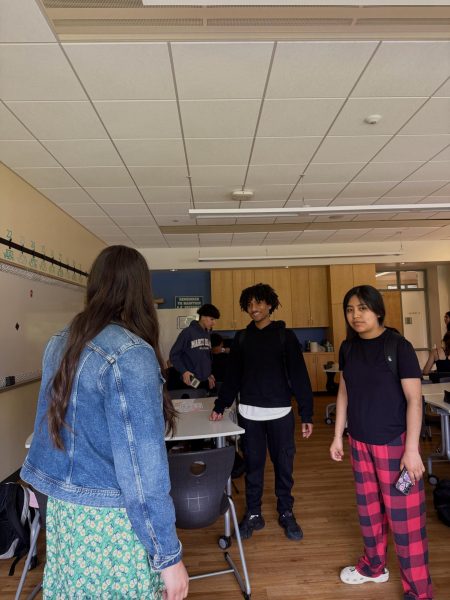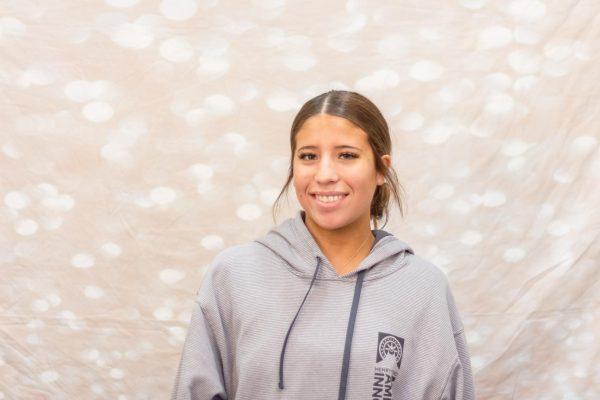Discrete Mathematics, a new course at Morgan as of this past year, has become a curiosity amongst Morgan students for both its content and its class size. On the school Program of Studies page, they identify the class as “bridging the historical richness of mathematics with contemporary applications, providing a comprehensive understanding of discrete mathematical concepts and their practical utility.” This class is taught by Ms. Holmes, who also teaches Geometry and Algebra 1.
The idea for this new class was proposed by Mr. Madura, the Data Science teacher, Cybersecurity teacher, and former math department chair. The reason for the proposal was that “most of the existing math classes focus on continuous numbers. Discrete math, on the other hand, deals with discrete numbers which come in the form of whole numbers or integers—they are finite, countable, whole numbers. It’s a completely different branch of mathematics. It plays a significant role in areas such as computer programming, logic, and even voting systems. These are all things students may engage with in real-world contexts, but they don’t get much exposure in typical high school math classes,” said Madura.
The target for this course is specified according to career interest. According to the school Pr

ogram of Studies page, “students in this course should complete Algebra 2. The course targets students interested in technical fields in the area of data science and emerging technologies. Students interested in computer science, social science, and business would be excellent candidates for this course.” It is designed to help students solve practical problems in an area of math that isn’t traditionally taught in high school but has significant real-world value.
As of this year, only four students are taking this class. Kyana Lopez is a current student of Ms. Holmes and is among the first students to take this class. Lopez said, “It’s a tight-knit class, but it’s also a closer learning environment with big personalities. It makes math more personal and fun.” She also said, “Being a part of such a small class let me get more help from Ms. Holmes, and get more time one-on-one for difficult topics.”
Ms. Holmes is introduced to a new experience of teaching a small class, with only four students. Holmes said, “I feel like I am learning with my students as I go. I have not seen some of these topics since I was in college, so I have to revisit them before teaching them. I also have never taught something like voting methods or cryptography before. So it has been fun learning new things while teaching this class! It was fun to make secret codes, especially for extra credit questions on the test.”
Similar to the opinion of Lopez, Holmes says, “It is difficult to teach a small class because if one or two students are absent, the class is even smaller! But it does have its benefits because I can build better connections with every student and support them one-on-one during independent work time in class.”
The curriculum is diverse and “covers a wide range of topics that may seem unrelated at first, but come together in interesting ways. Later, students might look back and realize just how much ground the course covered—and how useful it was for understanding different types of real-world problems,” said Madura.
Holmes said, “I hope more people sign up to take the class in the future,” in anticipation of next year’s course.



